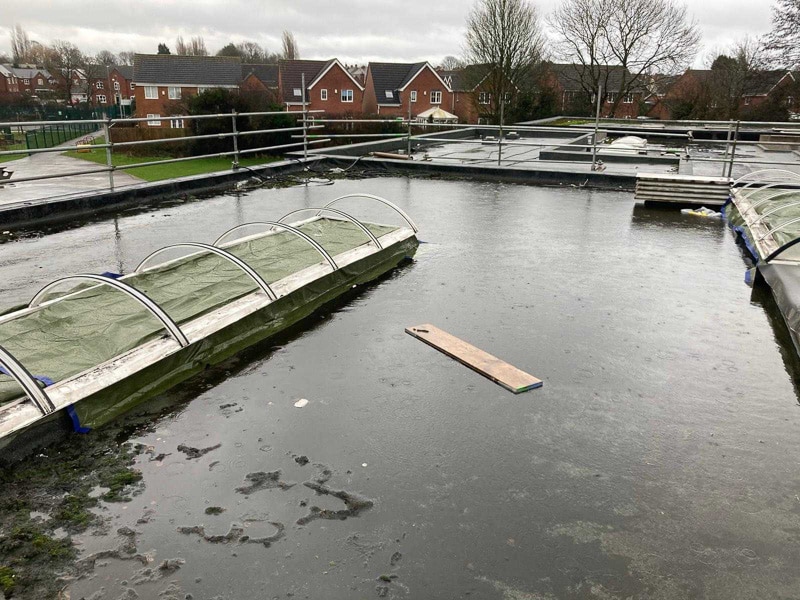

Learning to identify early indications of roof degradation and underlying system damage is an essential skill to have, allowing you to maintain the integrity of your roof and head off major problems before they even have a chance to occur. Spotting potential problems early can save you both significant time and costs, minimising any remedial works that will be needed to restore and repair your roofing system.
Flat roofs require regular inspection and annual maintenance to ensure the roof’s condition is preserved and to maximise its lifespan. Unfortunately, more often than not the first obvious indication of a defective roof is the unwanted sign of an internal leak.
There are however plenty of earlier indications that your roof may be failing, many of which will be easily spotted externally. This guide is designed to aid the long-term care of your roof assets to ensure that you avoid repairing or replacing your roof before the end of its normal life cycle.
See below for some of the subtler signs to look out for.
External Indicators – Stopping problems in their tracks
Ponding water
Ponding water on the roof is a tell-tale sign that there is a problem with the roofing substructure, where sagging, an insufficient slope, or drainage issues could be the root of the issue. Sitting water puts increased stress on that section of the roof which will eventually cause the system to fail.
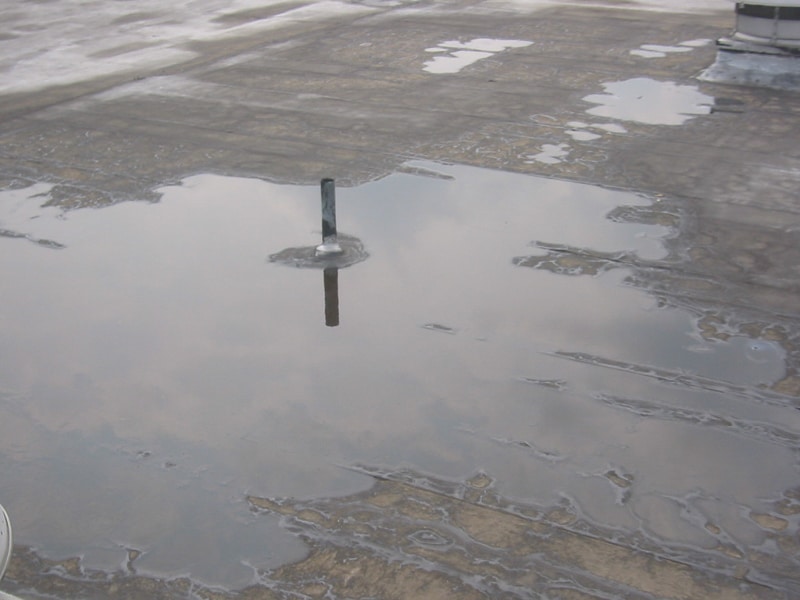
Gaps in seams
Roofs are constantly subjected to slight movement, ranging from expansion and contraction in hot and cold weather to movement in the building structure itself. Over time this movement can lead to gaps forming in the seams which will of course allow water to ingress over time.
Equally, poor workmanship on installation can result in weakened membrane seams, where watertight adhesion to the substrate has not been achieved from the outset.
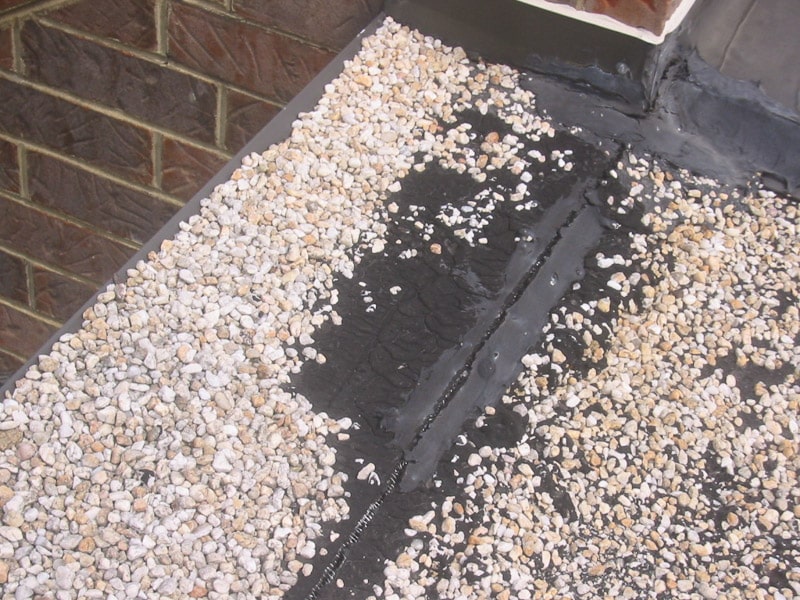
Deteriorated Flashing
Flashings are often a neglected part of essential roof details. Whilst good detailing and installation of flashings in your roof will significantly extend its usable lifespan, over time it can begin to deteriorate from UV exposure, physical damage and, again, movement in the building structure. As a result, it can fail or become loose, which in turn will cause leaking to occur.

Ageing
All materials have a lifespan during which they will remain effective. UV exposure, movement and physical damage will all eventually take their toll on the roofing structure. Spotting signs that the surface roof structure is nearing the end of its life cycle before it fails will provide you with significantly more options for repair before a complete roof replacement is necessary.
The three previous points can all be considered as indicators of an ageing roof structure. In addition, a key indicator of ageing in your bitumen membrane is alligatoring: a crazed cracking pattern in the surface which, as the name suggests, looks similar to the skin of an alligator. If left unattended this will only deteriorate further eventually causing the roof to fail.

Blistering
Blistering is caused when pockets of air or moisture become trapped between layers of the roofing membrane or the roof deck. As the sun warms the surface of the roof these pockets expand and stretch the roofing membrane causing blistering.
Blistering in and of itself is not necessarily a problem as the roof can accommodate some movements but they need monitoring to ensure that the surface is not detaching from the blistered area, that they have not caused any cracking in the surface membrane and that the blister is not near to a seam which may cause the seam to open for water to ingress.
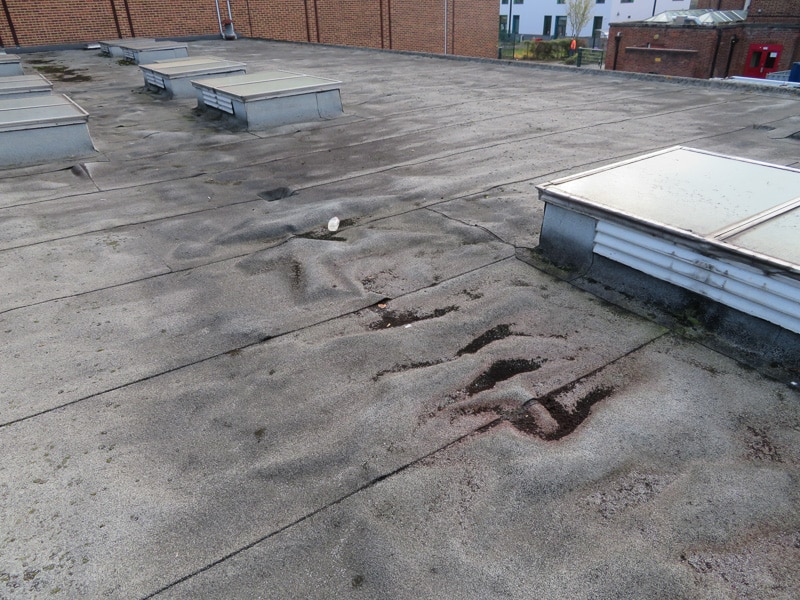
Organic Growth
Whilst algae, lichens, mould, moss, fungi and other vegetation may not seem like anything to be too concerned about, they are in fact an excellent early indicator that the roof requires some immediate attention.
Organic growth is symptomatic of prolonged water retention which can be indicative of a problem with the roof structure. Not only that but left untreated the growth of the actual vegetation can itself cause more damage to the roofing surface.

Lack of maintenance
Garland UK recommends that your roof is inspected regularly and maintained at least once a year to head off these problems before they have the chance to cause significant and costly damage. If this has not been happening then this will inevitably lead to the issues raised above occurring and needing immediate remedial work to stop any issues from progressing further.

Internal Indications – Resolving problems before they deteriorate
Internal indications can vary and are typically visible to the naked eye. This could be peeling wallpaper, brown ceiling spots, cracked paint, mould on walls or ceilings or as obvious as an internal leak.
By the time that one of these internal signs of water ingress has occurred, then unfortunately that means that one of the external indicators listed above has progressed to a failure of the roof structure itself.
Whilst this is far from ideal, early action is the key to resolving these problems before they can deteriorate any further, keeping both repair time and costs to a minimum.
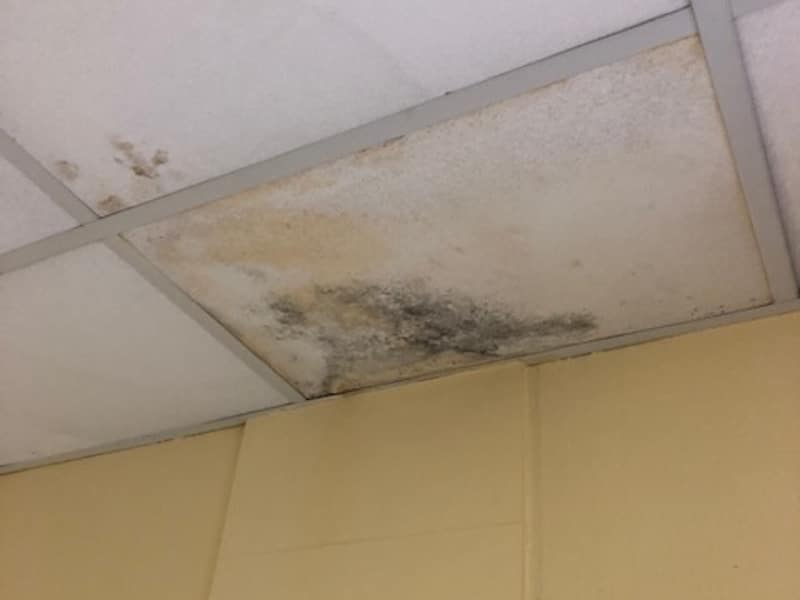
Next steps
We are committed to improving roof assets nationwide and believe that proactive management and maintenance is the best option, to avoid any unnecessary roof replacements wherever possible.
Garland UK’s highly skilled Technical Managers are on hand to help, providing a range of technical support services that can analyse the status of a roof in detail, before securing the best solution to resolve any disruptive challenges for the building.
Site Visit and Survey
During a site visit, the Technical Manager will gain access to the roof and assess the overall condition of the existing roof system and substrate.
Core sampling helps to establish the exact build-up of a roof by removing a small, swatch-sized patch of the roof, to analyse the current condition of the system. This assessment method can quickly indicate if there are disruptive water issues under the roof’s surface.
Ideal for flat roofs and a less intrusive option would be to conduct a moisture mapping survey, using cutting edge testing equipment, in the form of a nuclear moisture gauge, to map an entire roof’s area and digitally highlight the detected levels of under surface moisture.
Condition Report
Once the defective roof has been evaluated, the Technical Manager will supply a thorough Condition Report, outlining the technical analysis and findings from the site visit and a tailored selection of solutions to resolve any issues.
An Ongoing Solution – Roof Asset Management Programme (RAMP)
The Garland Roof Asset Management Programme (RAMP) with its integrated package of professional roof management services is designed to extend the longevity of your roofs while increasing the value of your properties.
Lost guarantees, inconsistent documentation from one facility to the next, neglected maintenance, lack of timely communication during the work-in-progress and unanticipated loss of revenue related to emergency repairs all become problems of the past after organising your roofing records in the RAMP customised database. You can document periodic maintenance, verify roof conditions and manage your roofing assets proactively.
“Identifying a defective roof can be challenging, especially when the source of a building’s leaks can be completely untraceable to the naked eye. We always recommend carrying out regular maintenance checks on your roof to ensure it stays in optimum condition, year on year.”
Tom Ferry, Technical Manager, Garland UK
